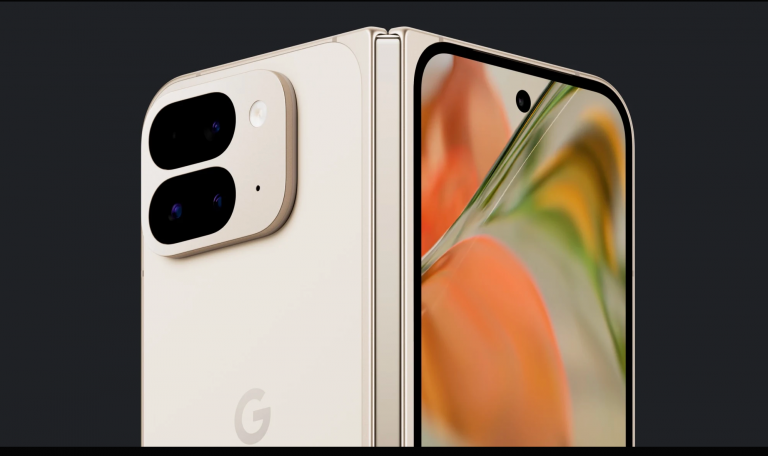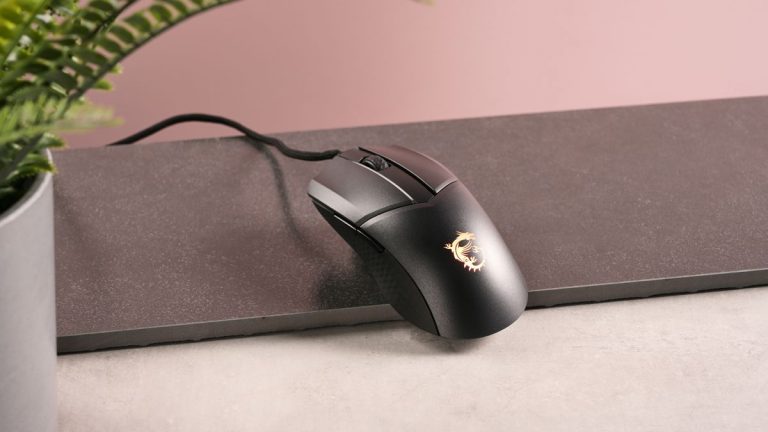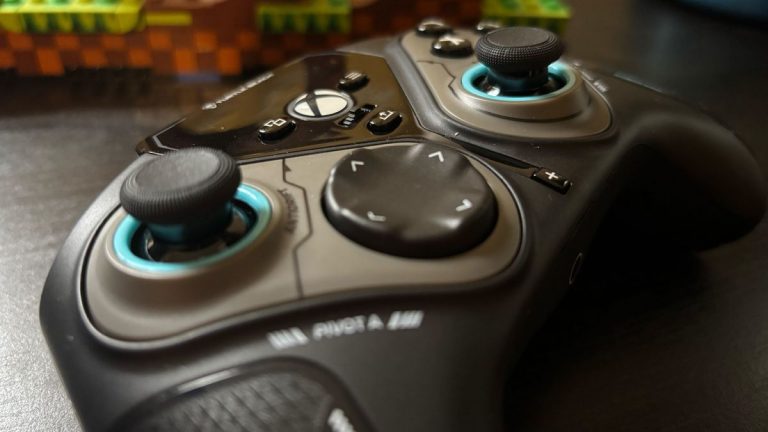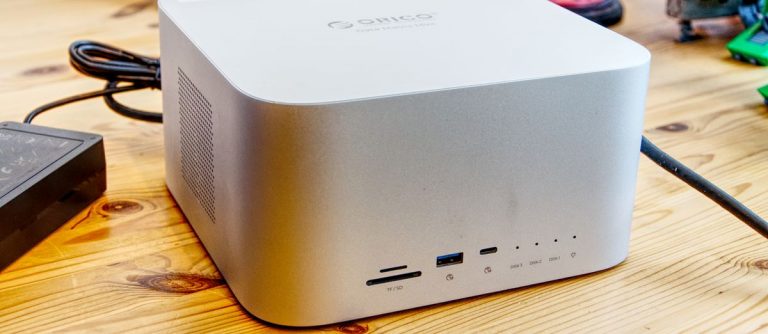Star Wars Outlaws: GPU Performance Benchmarking and Analysis

So, Star Wars Outlaws has finally landed, and after a few hours of playtime, we’re diving headfirst into the benchmark world to see how this game performs on a variety of GPUs. Before we start, let’s get the obvious out of the way: it’s not an awful Star Wars TV series, so we’re already grateful for that.
As we locked ourselves in the benchmark lab (aka, our usual chaotic setup), we decided to test the game on Toshara, an arid moon that’s reportedly demanding on both CPU and GPU. We chose this spot because it’s supposed to be a real push for many CPUs, with the Ryzen 7 7800X3D clocking in at 65-80% usage. We suspect many CPUs will struggle with this game, especially in the more demanding sections.
We ran five configurations, each with three resolutions, using 16:9 aspect ratio and up to 43 GPUs. That’s 522 data points, if you’re counting. Our testing was done with the “fixed mode” for quality upscaling, because we figure that’s how most gamers will play this game.
We also included two configurations using RTX Direct Lighting, one with frame generation enabled and another without. There’s “ultra,” “high,” and “medium” preset testing, all with quality upscaling enabled. Those GPUs that support DLSS 3 frame generation used that, while the others relied on FSR frame generation.
Let’s jump into the results. Our findings show that if you want to crank up ray tracing effects with all the bells and whistles, you’re looking at needing an RTX 4090, or at least an RTX 4080. Nvidia loves showcasing sponsored titles like this, with RT effects dialed up to the max. But in reality, only those with a budget close to $2,000 will be able to appreciate this level of performance.
For many of you, 1440p using the ultra preset with quality upscaling will be more realistic. Ray tracing is still enabled here, which is why Radeon GPUs struggled. However, under these conditions, rendering over 60 fps was possible on a wide range of AMD and Nvidia GPUs. In that sense, the game does scale quite well.
We’ve only played with the Ryzen 7 7800X3D, so performance might be problematic with slower CPUs. That’s something we should explore in the near future.
For now, grab a cup of coffee and get comfortable, because our benchmarking extravaganza is just getting started.






